Increasing Automotive Production
The Steel Tire Cord Market is experiencing a notable surge due to the increasing production of automobiles. As manufacturers ramp up output to meet consumer demand, the need for high-quality tire components, including steel tire cords, becomes paramount. In 2025, the automotive sector is projected to produce over 90 million vehicles, which directly correlates with the demand for steel tire cords. This growth is driven by factors such as rising disposable incomes and urbanization, leading to higher vehicle ownership rates. Consequently, tire manufacturers are compelled to enhance their production capabilities, thereby bolstering the steel tire cord market. The interplay between automotive production and tire component demand suggests a robust growth trajectory for the steel tire cord market in the coming years.
Rising Environmental Regulations
The Steel Tire Cord Market is being shaped by the increasing stringency of environmental regulations. Governments worldwide are implementing policies aimed at reducing carbon emissions and promoting sustainable practices in manufacturing. As a result, tire manufacturers are compelled to adopt eco-friendly materials and processes, including the use of recycled steel tire cords. In 2025, it is anticipated that the market for sustainable tire components will grow by 20%, reflecting a shift towards environmentally responsible production. This transition not only aligns with regulatory requirements but also meets consumer preferences for sustainable products, thereby enhancing the appeal of steel tire cords in the market.
Expansion of the Electric Vehicle Market
The Steel Tire Cord Market is poised for growth due to the expansion of the electric vehicle (EV) market. As the adoption of EVs accelerates, there is a corresponding need for specialized tires that can support the unique performance characteristics of electric vehicles. In 2025, the EV market is expected to account for 30% of new vehicle sales, creating a substantial demand for high-performance tires reinforced with steel tire cords. This trend indicates that tire manufacturers will increasingly focus on developing products tailored for electric vehicles, which may lead to innovations in steel tire cord technology. The intersection of the EV market and the steel tire cord industry suggests a promising outlook for future growth.
Growth of the Construction and Mining Sectors
The Steel Tire Cord Market is also benefiting from the expansion of the construction and mining sectors. As infrastructure projects and mining activities increase, the demand for heavy-duty tires equipped with steel tire cords is expected to rise. In 2025, the construction sector is projected to grow by approximately 5%, leading to a heightened need for robust tires that can withstand challenging conditions. This trend is particularly evident in regions where infrastructure development is a priority. Consequently, tire manufacturers are focusing on producing specialized tires with enhanced steel tire cord technology, which is likely to drive market growth in this segment.
Technological Advancements in Tire Manufacturing
Technological innovations in tire manufacturing are significantly influencing the Steel Tire Cord Market. Advanced manufacturing techniques, such as automation and the use of high-strength materials, are enhancing the performance and durability of tires. In 2025, it is estimated that the adoption of these technologies will lead to a 15% increase in the efficiency of tire production processes. This efficiency not only reduces costs but also improves the quality of steel tire cords, making them more appealing to manufacturers. As tire companies invest in research and development to create innovative products, the demand for high-performance steel tire cords is likely to rise, further propelling the market forward.


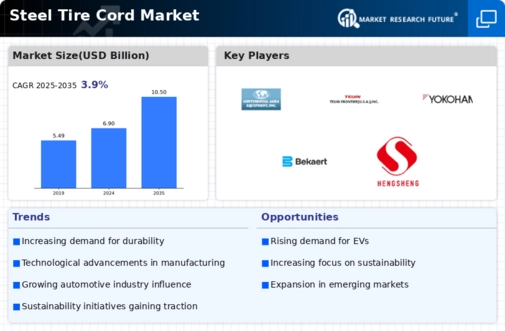
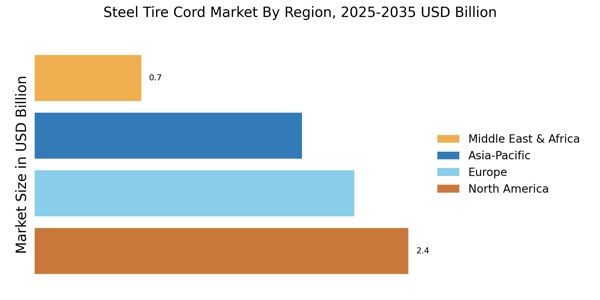
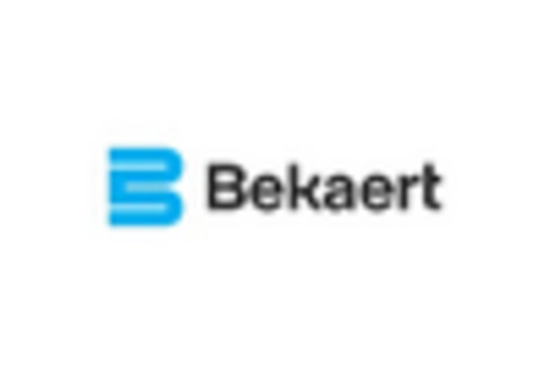
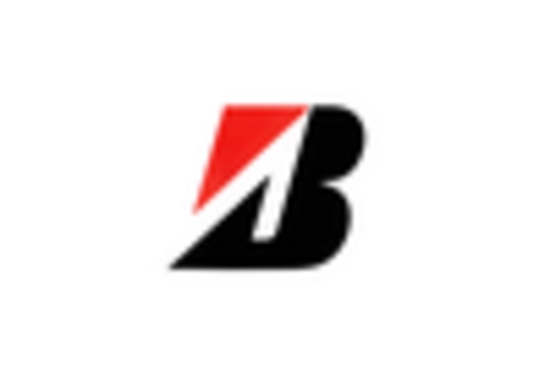



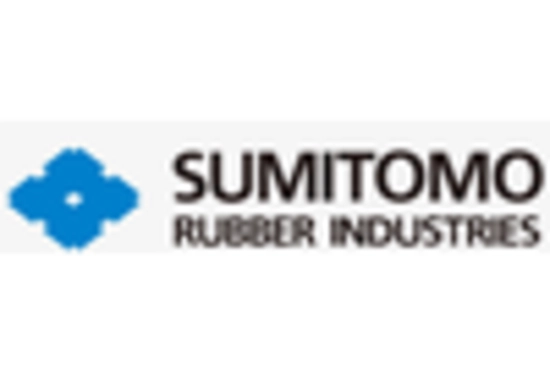








Leave a Comment